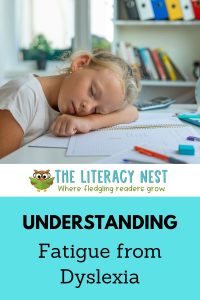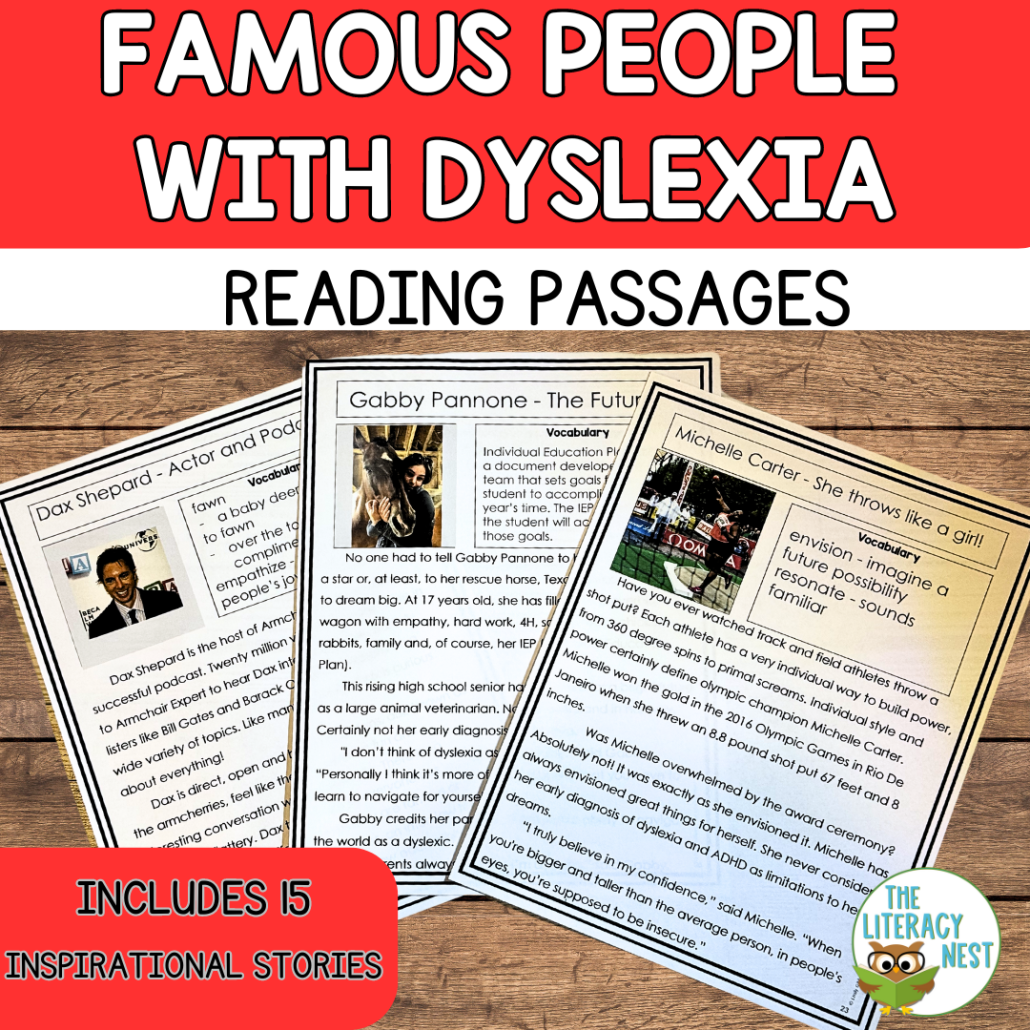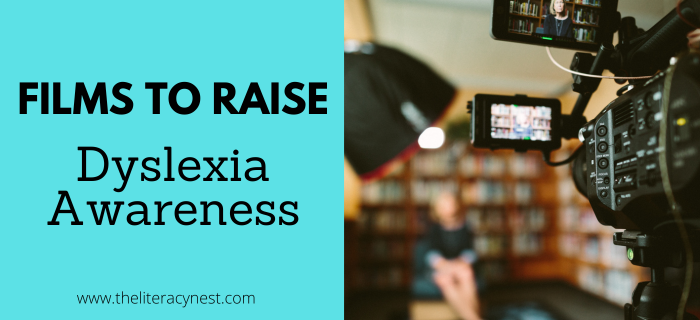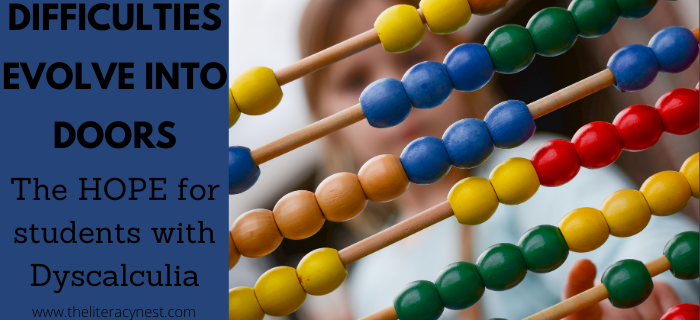Understanding Fatigue from Dyslexia
Fatigue from dyslexia is a very real concern. Imagine the struggles of being someone who has dyslexia during just one day in the classroom. From the moment the learner enters the classroom in the morning, they are faced with one challenge after another.
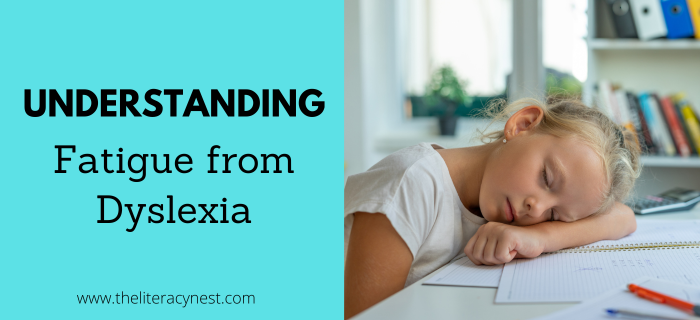
Let’s imagine a fourth-grade classroom.
The student enters and typically has a morning routine to follow. This might include making a lunch choice. If the menu doesn’t have pictures, the student might not be able to read the choices independently. They will need to seek out help from another student or adult. Most classrooms have some sort of morning work or warm-up activity that’s expected for everyone to complete. Typically, this includes word problems. Even for a child who is excellent at math, if they have trouble with reading, word problems are very taxing. Although they finish the morning work, they are one of the last to do so.
Later in the day, that student needs to copy vocabulary words from the board. They struggle going back and forth between their paper and the whiteboard, they keep losing their place and wind up reversing several b’s and d’s. They are expected to write a sentence for each vocabulary word to show that they understand its meaning. The student has some great ideas for sentences but finds them too difficult to spell.
So instead of writing, “Gerald wants to hurry to get to recess because then he can get his favorite swing that goes higher than all the others.” They write, “Tom will hurry to the bus stop.”
Despite having simplified the sentence, the student must sound out many of the words, refer to their vocabulary list, and struggle with getting their “b” in the right direction. As they finish the first sentence, the student at the next desk moves on to sentence number four. Once the students complete this vocabulary activity, they can use vocabulary-matching games on the computer. But, by the time this student finishes writing their sentences, the time is up.

With just these few examples, that aren’t even explicitly reading tasks, it isn’t hard to see how quickly a student with dyslexia will tire. Dyslexia will impact them throughout their day. Think of the times like when the teacher asks for volunteers to read out loud from an article on a science topic, or when they’re faced with telling time on an analog clock. At silent reading time, while many children curl up with a popular series, the student with dyslexia has a pile of books from the reading teacher. They are expected to read the whole time silently, but this dyslexic does better when reading out loud and so they say the word softly to themselves and try not to skip over the tricky parts even though they want to. And during independent work, they have to read the directions for the fun holiday project.
Why do people with dyslexia experience fatigue?
People with dyslexia experience fatigue because they are working harder than any other student in the classroom.
- Students are often engaged in a particular task for a longer period and may get fewer breaks than their classmates without a learning difference.
- Students may have work returned to them to correct errors or may need to pore over the exercises carefully themselves to detect any errors.
- Copying from the board is visually tiring for the dyslexic student. Consistently being the last one to finish an activity can be emotionally draining as well.
- Many things that are automatic for Neurotypical students require greater cognitive attention for a student with dyslexia.
This extra attention leads to increased fatigue. It can be a vicious cycle, because with increasing fatigue comes an increased manifestation of dyslexia symptoms. When you consider the high incidence of ADHD among students with dyslexia, challenges with executive functioning tasks and organizational skills may also contribute to tiring more quickly than their peers. In fact, for many adults with dyslexia, their struggles may only show themselves during times of fatigue and increased stress.
Dig deeper! Learn more about Books That Connect Social Emotional Learning and Dyslexia. Listen to season 1, episode 5 of the Together in Literacy podcast!
Common Signs of Fatigue From Dyslexia
If you’re a parent or a teacher of students with dyslexia, or a family member or coworker of a dyslexic adult, you may notice some signs of this fatigue.
- Itchy or watering eyes, rubbing eyes, and complaining of headaches are all indicators of visual fatigue.
- You may notice that a student yawns more when doing challenging tasks. This is because they are finding the activity very tiring and taxing.
- You may notice increased irritability or reluctance to engage in difficult tasks.
- In perhaps one of the most frustrating aspects of dyslexia fatigue, you may notice the student having an increase in dyslexia symptoms or problems. Cognitive fatigue makes them appear “more dyslexic”. Students may make mistakes with and have lapses in mastered skills, or simply increase the frequency of difficulties.
Honor your dyslexic students by learning about famous, neurodiverse people with dyslexia. Check out my Famous People With Dyslexia Reading Passages!
6 Tips for Helping to Reduce Fatigue from Dyslexia
1. Adjust the workload
Review assignments and tasks to identify areas where adjustments can be made. Could tasks be broken into smaller steps or completed over multiple sessions? Using technology like speech-to-text or audiobooks can also ease the cognitive load while maintaining progress.
Dig deeper into reducing stress. Read When Kids Worry: Children’s Books for Dealing with Stress and Anxiety!
2. Adjust sleep schedule
Ensure a consistent bedtime routine with minimal screen time before bed to promote quality sleep. Experiment with relaxation techniques like deep breathing or journaling to help wind down. A well-rested brain handles challenges more effectively.
3. Work on time management
Create a visual schedule or use timers to help with transitions between tasks. Tools like planners or apps designed for task management can help organize priorities and reduce last-minute stress.
4. Schedule breaks
Incorporate both long and short breaks into the day. During breaks, encourage activities that recharge energy, such as light stretching, a quick walk, or mindfulness exercises. Structured “brain breaks” can boost focus and reduce overall strain.
5. Teach self-advocacy skills
Help individuals articulate their needs clearly, whether it’s asking for extra time, using assistive tools, or requesting alternative formats for assignments. Role-playing scenarios can build confidence in communicating these needs effectively.
Learn more about teaching self-advocacy skills. Read Tips for Teaching Self-Advocacy Skills and watch my YouTube video How To Develop Self-Advocacy Skills with Kids!
6. Acknowledge the fatigue
Validate feelings of exhaustion and remind them that fatigue is a sign of hard work, not failure. Encourage self-compassion and create a safe space for open discussions about challenges. Recognizing the physical, emotional, and mental effort involved is key to fostering resilience.
For more information, check out these resources:
Articles:
- Dyslexia Is Not An Effort Problem
- The Dyslexia – Stress – Anxiety Connection
- Social And Emotional Problems Related To Dyslexia
- A Day In The Life Of An Employee With Dyslexia
Audio and Video:
And don’t miss these Literacy Nest favorites!
- 10 Can’t-Miss Books About Adults with Dyslexia
- Children’s Books About Dyslexia
- Dyslexia Films to Raise Awareness
- 10 Podcasts for Dyslexia Awareness
Are you looking for professional development that will help you better support your students with dyslexia? The Literacy Nest has a membership for that…
Building Readers for Life Academy is a monthly membership program that empowers educators AND families. It dives into structured literacy and strategies for ALL learners. With BRFL Academy, you’ll learn what it takes to help EVERY student become a reader for life.
Join Building Readers for Life Academy today and pay just $1 for your first 30 days! Click here.
